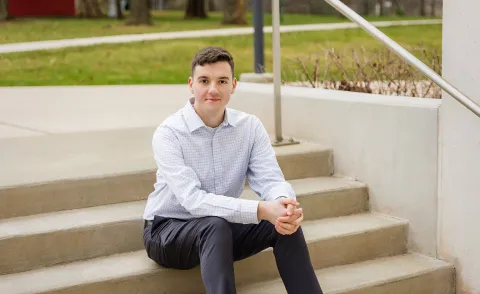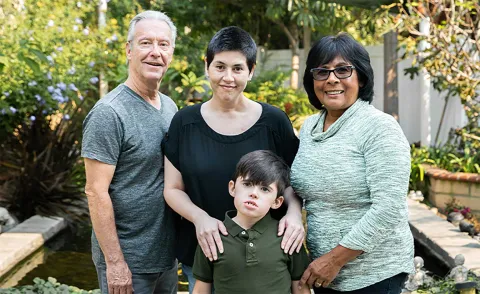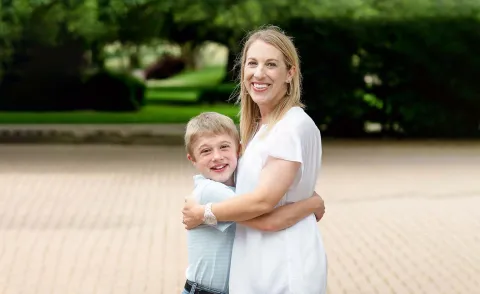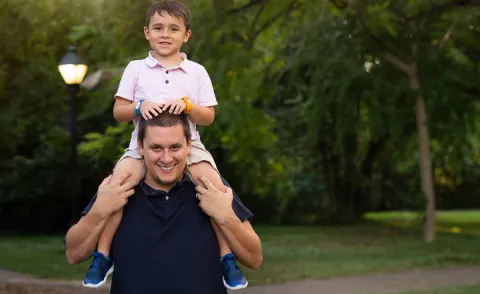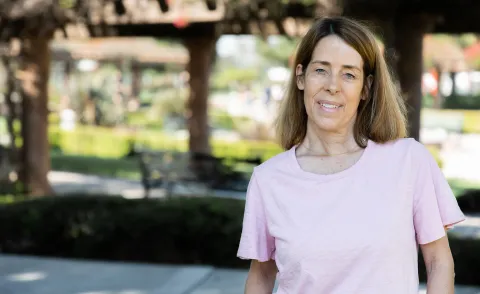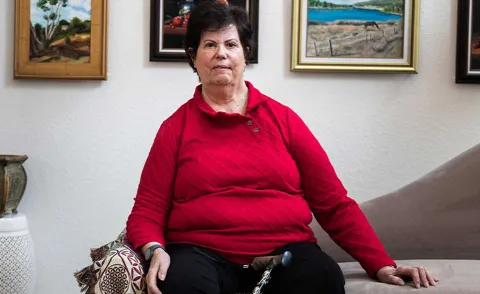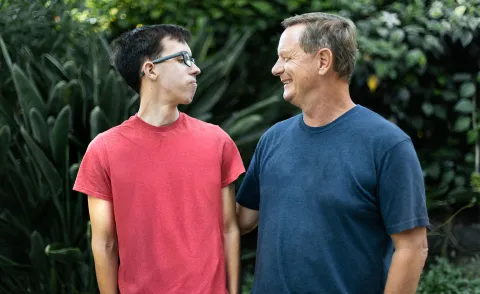
Patients
Delivering on our Commitment
At Avidity, we strive to incorporate patient and family voices into everything we do. We understand that living with a rare disease presents many challenges for patients and their families and we are committed to listening, learning, and partnering with the patient and advocacy community. Patient and caregiver perspectives inform our research and development, and inspire us as we stay committed to our mission to improve the lives of people affected by serious diseases. Our commitment to patients, especially patient safety, is our top priority at Avidity. If you are an advocate interested in helping us increase awareness of rare diseases, please send an email to Patients@aviditybio.com.
Clinical Studies

The global Phase 3 HARBOR™ trial is a randomized, placebo-controlled, double-blind pivotal study designed to evaluate del-desiran in approximately 150 people (age 16 and older) living with DM1. The trial will be conducted at approximately 40 sites globally. For more information about the HARBOR trial, visit the HARBOR study website or visit https://www.clinicaltrials.gov and search for NCT06411288.

MARINA-OLE™ is an open-label, multi-center trial designed to evaluate the long-term safety and tolerability of del-desiran in participants with DM1 who were previously enrolled in the MARINA® Phase 1/2 trial. For more information on this study click here or visit https://www.clinicaltrials.gov and search for NCT05479981.

The FORTITUDE™ trial is a randomized, placebo-controlled, double-blind, Phase 1/2 clinical trial designed to evaluate single and multiple doses of del-brax (AOC 1020) in approximately 100 participants with facioscapulohumeral muscular dystrophy (FSHD). For more information about the FORTITUDE trial, visit the FORTITUDE study website or visit https://www.clinicaltrials.gov and search for NCT05747924.

FORTITUDE-OLE™ is an open-label, multi-center trial designed to evaluate the long-term safety and tolerability of delpacibart braxlosiran or del-brax in participants with facioscapulohumeral muscular dystrophy (FSHD) who were previously enrolled in the Phase 1/2 FORTITUDE™ trial. The total duration of active treatment with del-brax in the FORTITUDE-OLE is approximately 24 months. Avidity may extend active treatment beyond 24 months at a future timepoint. For more information on the FORTITUDE-OLE study click here or visit https://www.clinicaltrials.gov and search for NCT06547216.

The EXPLORE44™ trial is a randomized, placebo-controlled, double-blind, Phase 1/2 clinical trial designed to evaluate del-zota in healthy volunteers and participants with DMD mutations amenable to exon 44 skipping (DMD44). The EXPLORE44 trial is now fully enrolled and ongoing. For more information about the EXPLORE44 trial, visit the EXPLORE44 study website or https://www.clinicaltrials.gov and search for NCT05670730.

The Phase 2 EXPLORE44-OLE™ trial is an open-label, multi-center trial designed to evaluate the long-term safety and tolerability of del-zota in participants living with DMD44. Participants in the EXPLORE44® trial had the option to enroll in the EXPLORE44-OLE study for del-zota. In addition, Avidity enrolled additional participants in the EXPLORE44-OLE study to support Avidity’s first BLA submission at year end 2025. The EXPLORE44-OLE study completed enrollment in February 2025 with a total of 39 participants enrolled. This trial will evaluate the safety, tolerability, PK, PD, and efficacy of del-zota. For more information on this study click here or visit https://www.clinicaltrials.gov and search for NCT06244082.
